Nestled in a downtown Ho Chi Minh City market, Dinh Q. Le stocked a stall with carefully knitted double-hooded sweaters for conjoined twins. Among pastel-hued children’s garments and cherubic two-headed dolls, he placed a collection of clothing marked with the names of companies which produced the deadly chemical defoliant, Agent Orange.The dioxin-laden mixture is proven to cause cancer, birth defects, rashes, and psychological and neurological issues.
The month-long installation, Damaged Gene, was first displayed in August 1998 by Dinh Q. Le, a prominent multimedia artist and co-founder of Ho Chi Minh City-based, Sàn Art. At the time, discussion of the more than 20 million gallons of chemical herbicides dropped on Vietnam, Cambodia, and Laos by the United States’ military between 1961 to 1971 was taboo.
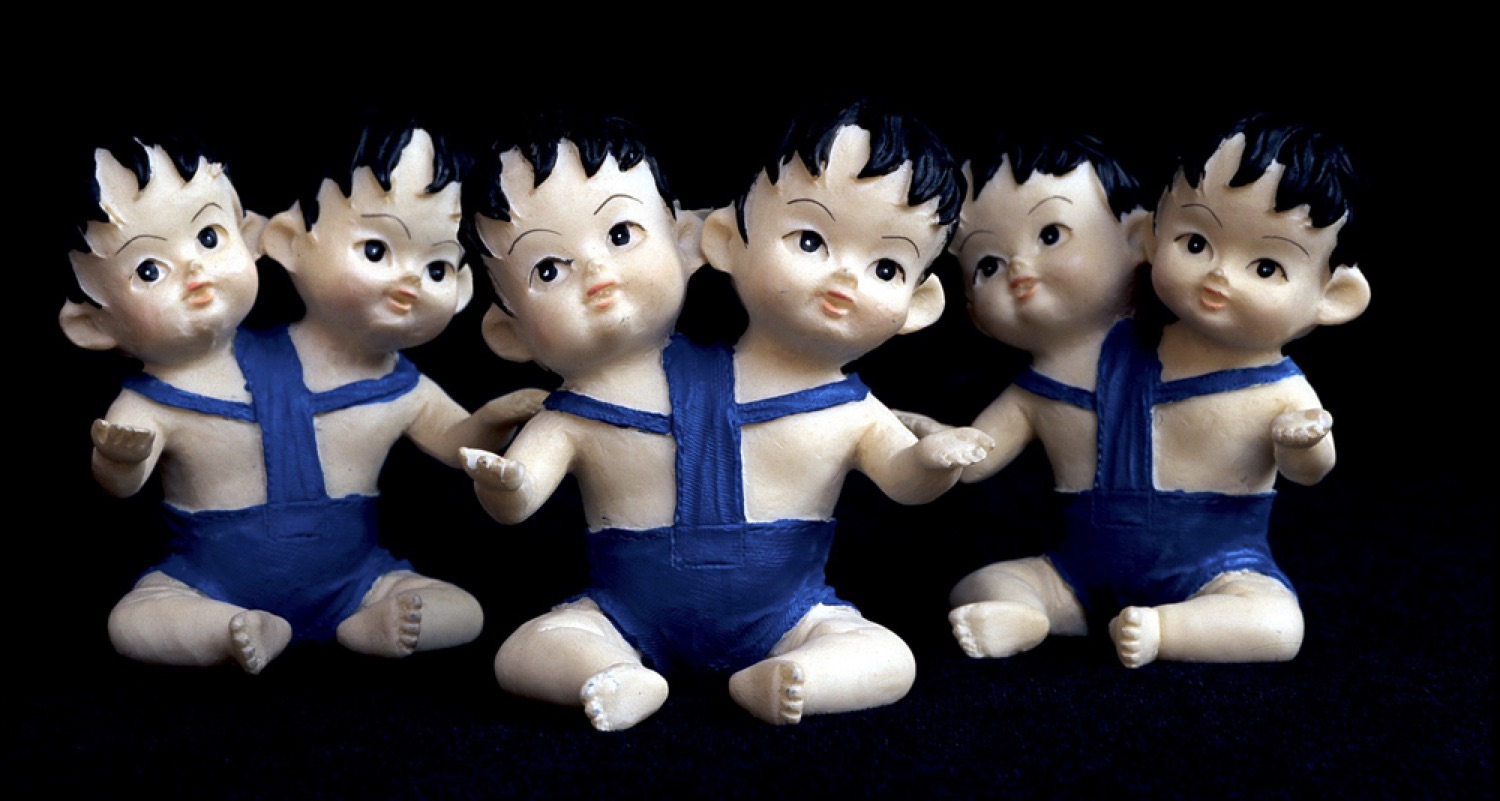
Although discussions about Agent Orange are more commonplace today, the topic can still open old wounds.
“There was a kind of silence about the whole thing, we saw it on the streets yet nobody wanted to talk about it,” Le said. In 1978, Le left Vietnam as a refugee and witnessed women begging with their children affected by Agent Orange when he returned to the country in the mid-1990s. “There was nobody helping these people.”
Le’s work, along with a wide range of artists based in Ho Chi Minh City and Phnom Penh, is analysed in Pamela Nguyen Corey’s book, The City in Time: Contemporary Art and Urban Form in Vietnam and Cambodia, published in October 2021.
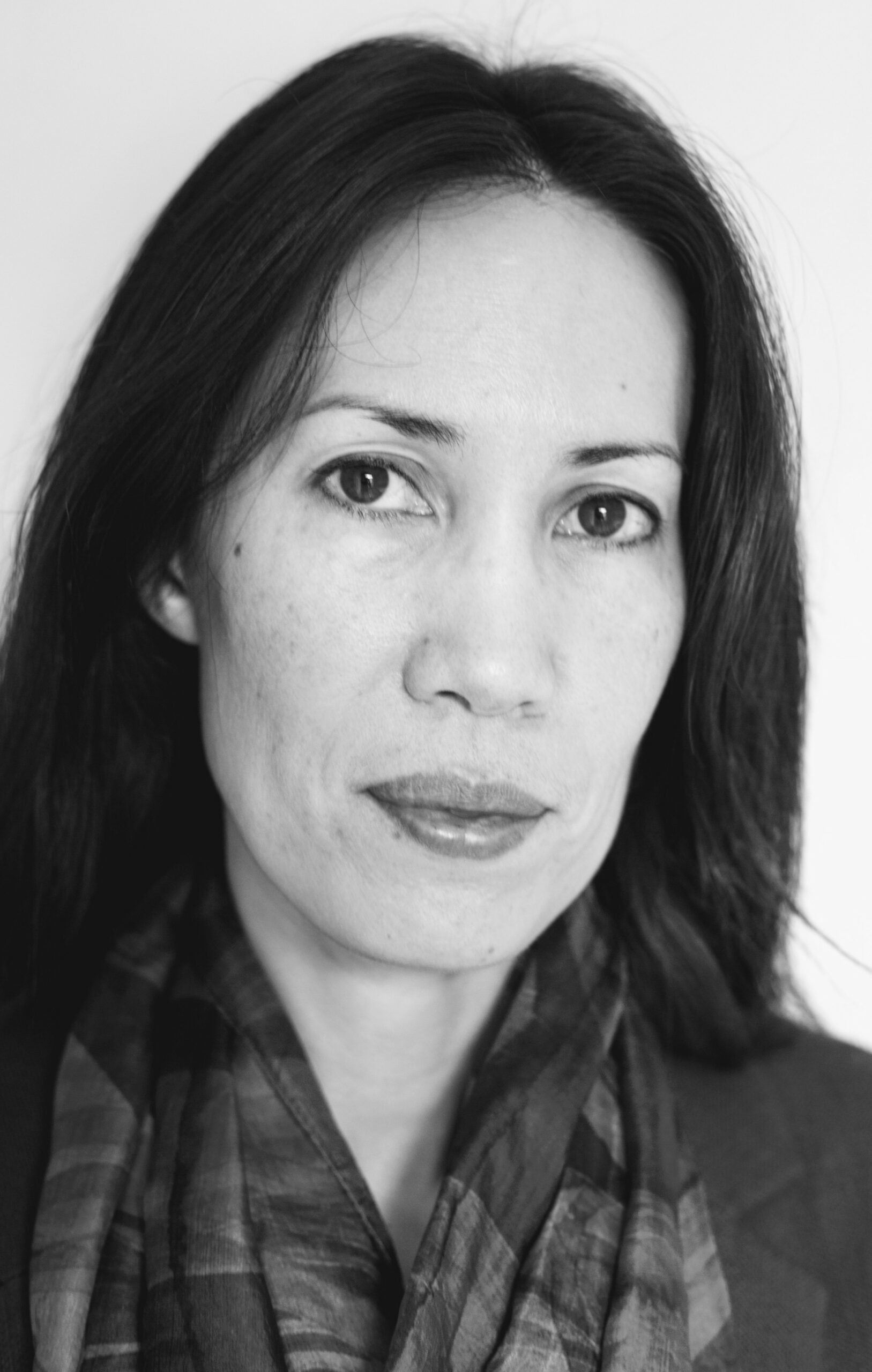
Instead of looking at Cambodian and Vietnamese art through a post-war prism, The City in Time takes a narrower focus.
As Corey describes, Vietnamese and Cambodian art is often interpreted through a lens of war and trauma. Consequently, interpretations of the artwork are limited and the intention and craftsmanship of the artists is obscured, she writes.
“Artists swore they would never deal with the Vietnam War because they fear being pigeonholed,” Le said of the way artists in the region are perceived. “That’s what the international world expects from a Vietnamese artist… I didn’t give a shit about what they’re thinking of my work because I was following something that I was interested in.”
The art historian, based at Vietnam’s Fulbright University, looks at two of Southeast Asia’s most bustling economic centres: Ho Chi Minh City and Phnom Penh. Informed by studio visits and artist interviews between approximately 2005 and 2015, Corey investigates how globalisation and urbanisation of the cities became motivating forces for contemporary artistic movements.
Although Corey stated interpretation of Vietnamese and Cambodian art which has focused on memory and trauma has been “incredibly relevant and pathbreaking,” many artists are portraying new subjects and have received little attention.
“Because so many artists were born after that period, and are addressing other societal issues… I felt that such ways of looking at contemporary art from the region were not being given sufficient scholarly treatment,” she said. “It’s always important to look at contemporary art through a multifaceted lens.”
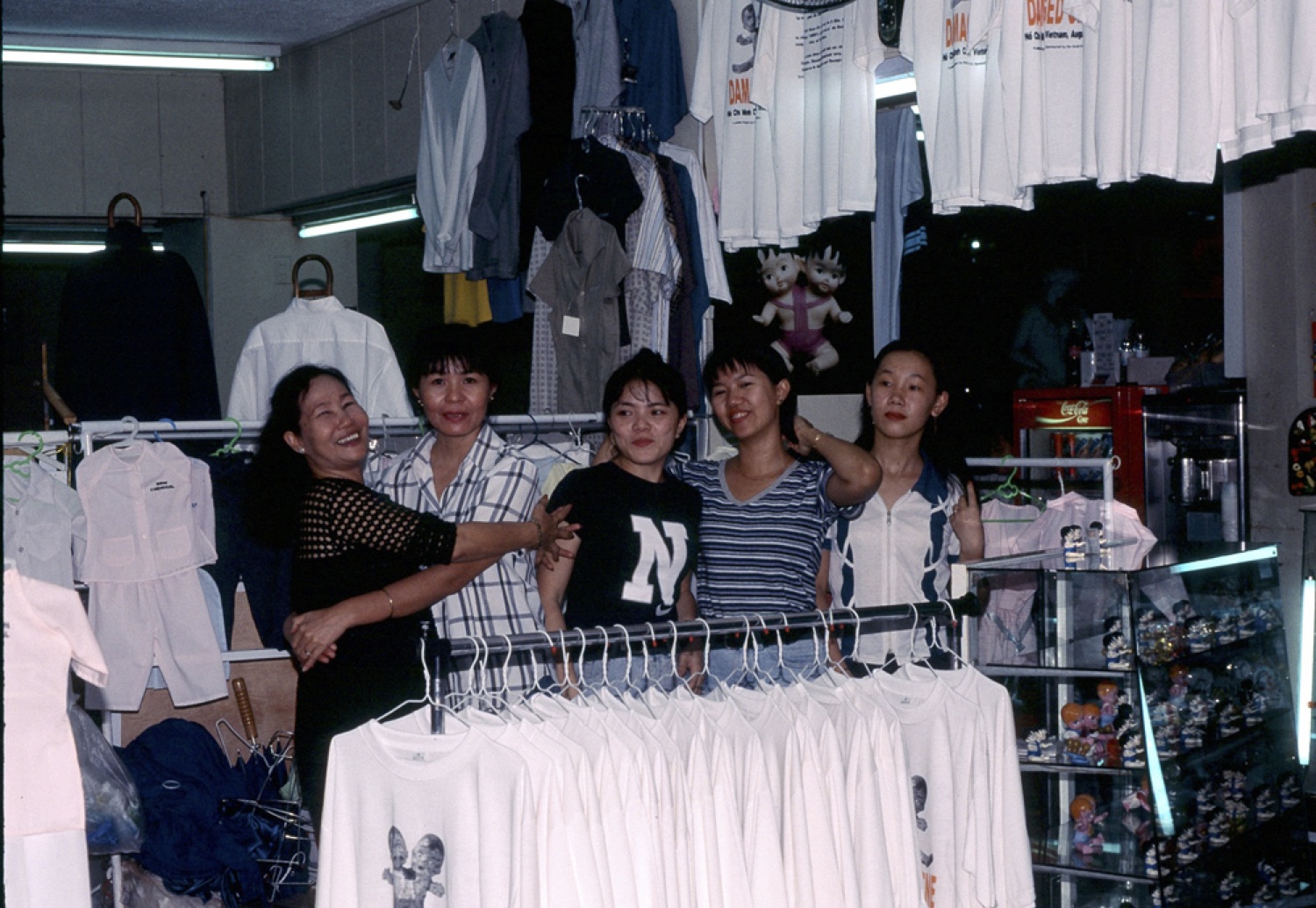
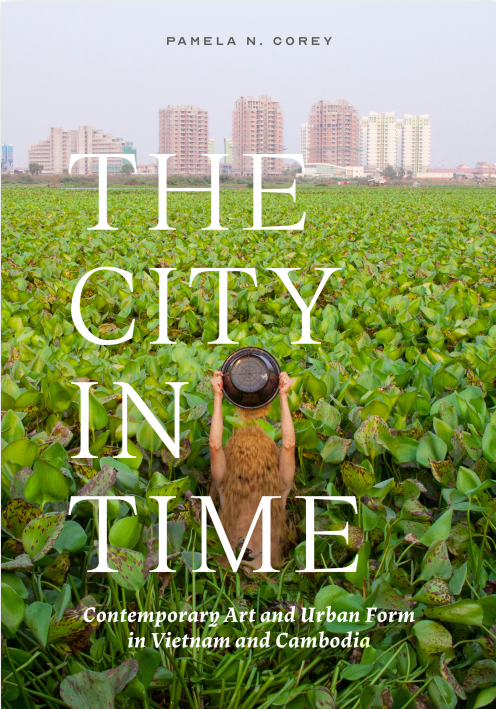
Playing with past and present
Corey’s path to writing The City in Time began while majoring in studio art as an undergraduate at the University of California, Irvine. There, she attended lectures with a strong historical focus and attention on how one’s own artwork is shaped.
This raised questions regarding her own Vietnamese heritage and the “history of colonialism, race and representation in Vietnam.”
Corey followed this interest into graduate studies, focusing on Southeast Asian art history at Cornell University in New York. While studying, she became fascinated with Tuan Andrew Nguyen’s 2006 painting series, Proposal for a Vietnamese Landscape.
For Corey, Nguyen’s series showcased competing dynamics in Ho Chi Minh City streetscapes, particularly capitalism and socialism.
Nguyen depicts the city with contrasting visuals: war-time propaganda, graffiti, and ads for Sunsilk shampoo, Yamaha motorbikes and toothpaste.
This imagery is backdropped by typical French colonial-era architecture. The street scenes are semi-fictional, stitched together through “street photography, digital recomposition, and painterly ambition,” Corey writes in The City in Time.
The painting itself is also representative of Vietnamese art history, Corey argues. The oil painting style deployed by Nguyen is expressed in the style of the École des Beaux-Arts de l’Indochine, a colonial art school established in Vietnam’s capital Hanoi in 1926.
Along with Nguyen’s symbolic imagery representing the changing city environment, Corey discusses Tiffany Chung’s research-based cartographic art.
Chung was born in central Vietnam and left the country as a refugee in her teens. After obtaining an art degree, she returned to Vietnam and settled in Ho Chi Minh City in 2007. Throughout the city, Chung saw heritage architecture razed for new construction projects and urban expansion leading to population displacement in outlying districts.
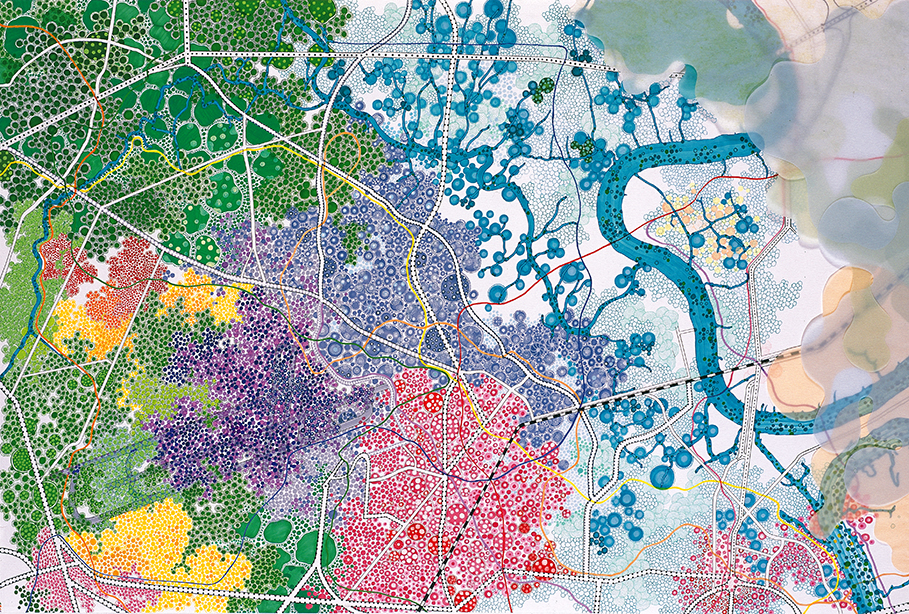
Seeing development projects juxtaposed with news of construction accidents, resettlement and demolition, Chung was inspired to create the 2008 map, Gò Vấp, titled after one the city’s largest districts.
While maps typically simplify for clarity, Chung’s Gò Vấp layers more detail on top of the original layout of the district.
“Chung’s vibrant proliferation of dots, circles and amoebic forms deliberately crowds the surface, literally reproducing explosive growth, density, and uncontained spread,” Corey writes.
In addition to creating maps representing urbanising Ho Chi Minh City, Chung visited demolition sites slated for redevelopment. She then began sorting through the rubble to see what she could preserve.
In a 2013 installation, an archaeology project for future remembrance, Chung displayed a concrete slab covered in ornate ceramic tiles she found from a demolished building in Thu Thiem on the northeastern edge of the city.
“Artists honed their forms and actions in relationship to site and place,” Corey writes of Ho Chi Minh City and Phnom Penh-based artists. “The urban interface has provided the means through which we can understand their practices.”
Photographing a changing Phnom Penh
Land sales, forced resettlement, and the impacts of modernisation sparked a photography movement in the first decades of the 21st century in Phnom Penh, Corey writes.
In a 2011 photo series, Untitled, Khvay Samnang mixed performance art and photography by submerging half his body in areas surrounding Boeung Kak Lake in central Phnom Penh. With the help of assistants, he photographed himself chest deep in the water while dumping buckets of sand over his head. The lake was sold by the government for redevelopment in 2007 and over the years, thousands living around it were forced to relocate as water was pumped out of the lake and replaced with sand.
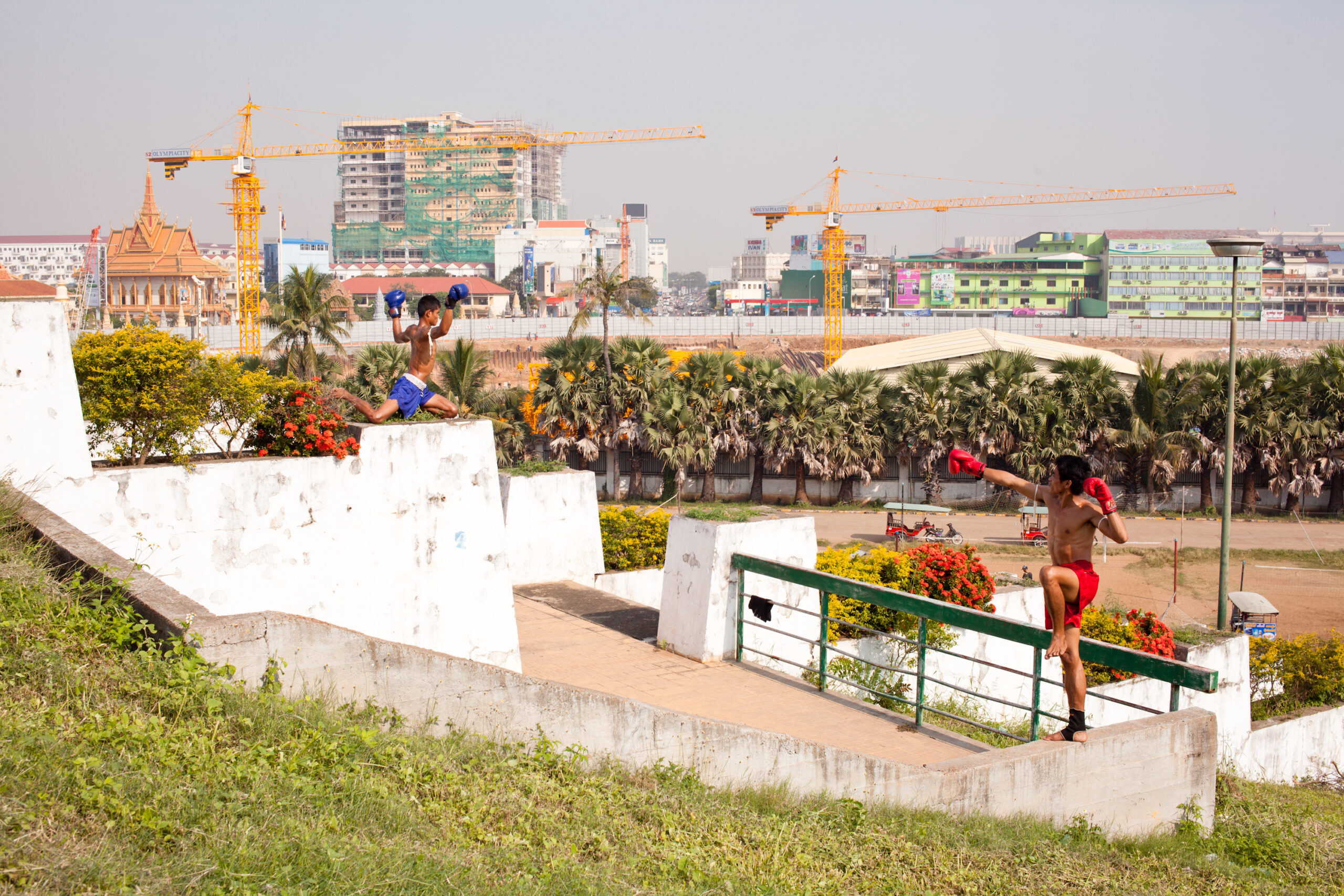
Vandy Rattana is another prominent artist who spearheaded the city’s photography movement. And like Dinh Q. Le, he received international acclaim for looking at the effects of the United States’ military action on the region. An artist who blurs the lines of photojournalism and visual art, Vandy was hired by a French NGO to photograph working conditions at rubber plantations in eastern Cambodia.
One afternoon, Vandy was shooting scenes among the rubber trees when a young farmer saw him inspecting a large circular crater in the ground.
“He turned to me and said, ‘This the bomb crater,’” the artist described. The crater was large, perfectly round, and because of the moist texture of the soil, the indentation of the bomb had been maintained by about 70% to 80%.
The then-U.S. president Richard Nixon began approving secret bombings in Cambodia in 1969, an officially neutral country at that time, during the Vietnam War. While targeting suspected Communist base camps, the U.S. dropped approximately 2.7 million tonnes of explosives in “Operation Menu.” Hundreds of thousands of Cambodians were killed. The exact number of deaths is unknown.
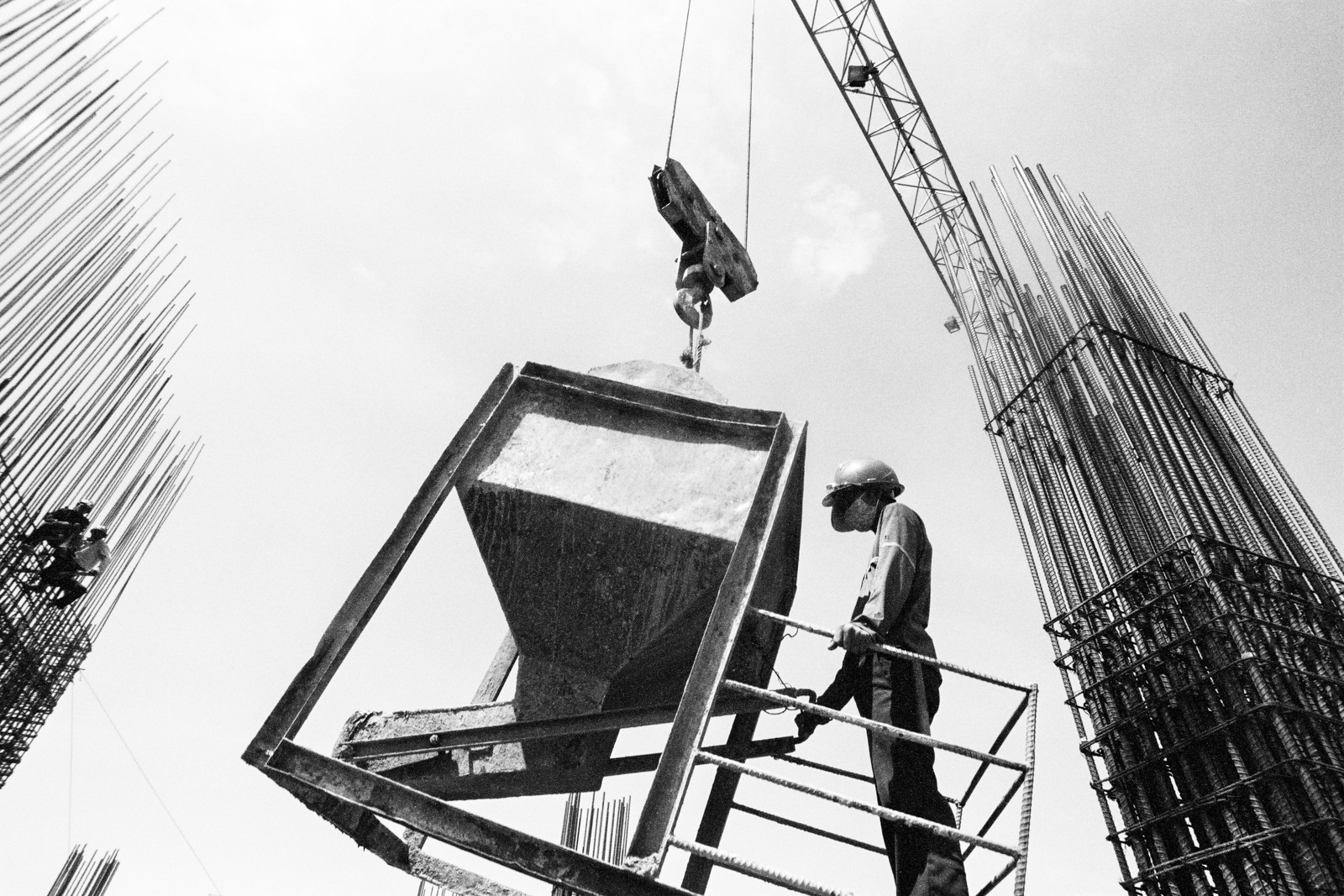
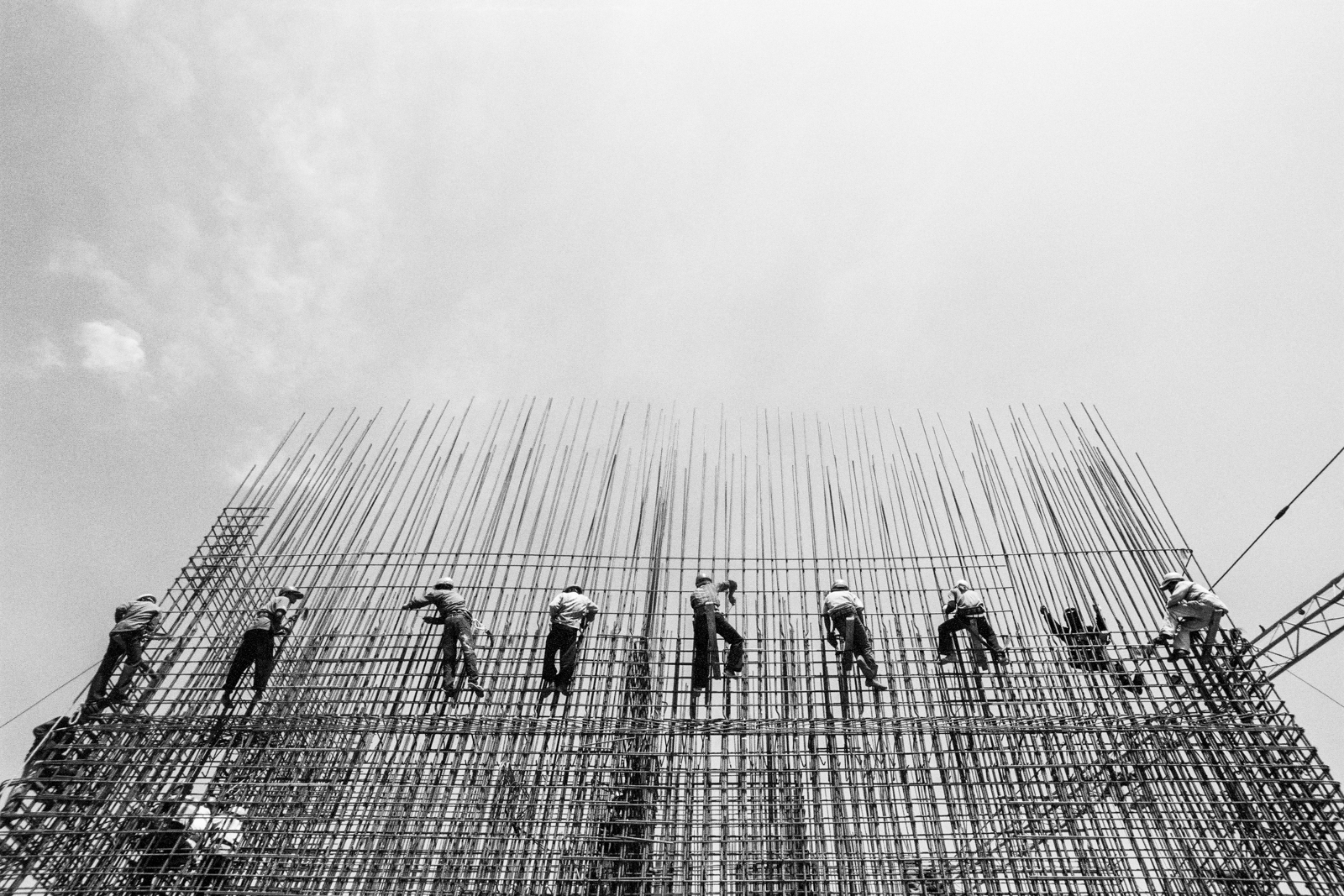
Vandy Rattana captured the construction of Phnom Penh’s first high-rise. Image: courtesy of the artist.
“At the moment I found the craters in the rubber plantation that kept haunting me for a year,” Vandy said. He travelled to 10 provinces in 2009 to photograph the bomb craters and conduct video interviews of bombing survivors which he compiled into a 23-minute documentary.
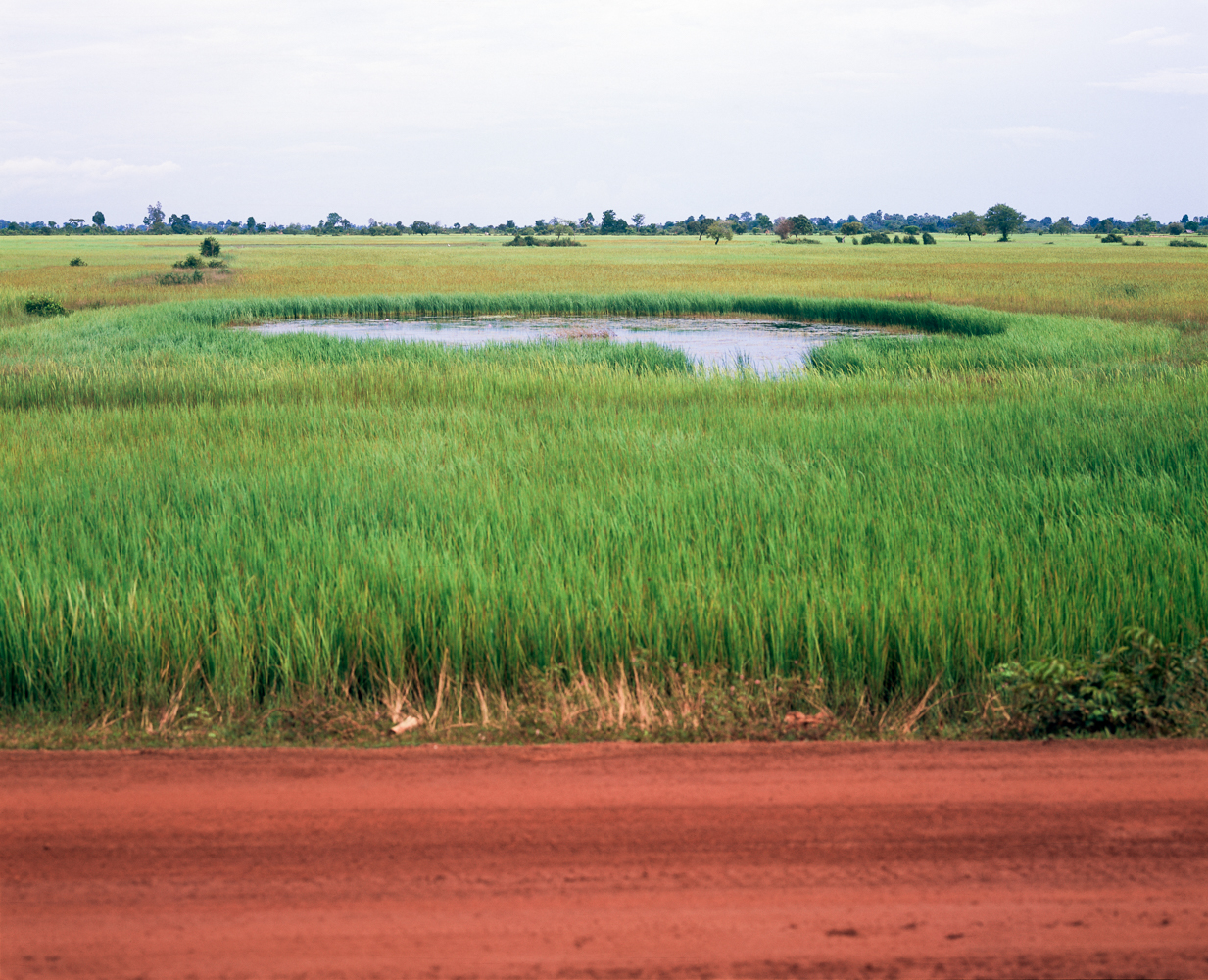
“This is the evidence that can’t be denied,” Mi Mot, a bomb survivor featured in the documentary told Vandy as he gestures to a water-filled crater. “These bomb ponds made by Americans have killed my relatives.”
Along with the Bomb Ponds project, Vandy has captured an urbanising Phnom Penh. He photographed the construction of the city’s first high-rise building, forced evictions, the Khmer Rouge Trial in 2008, urban fires caused by poor construction, and the day to day of office life.
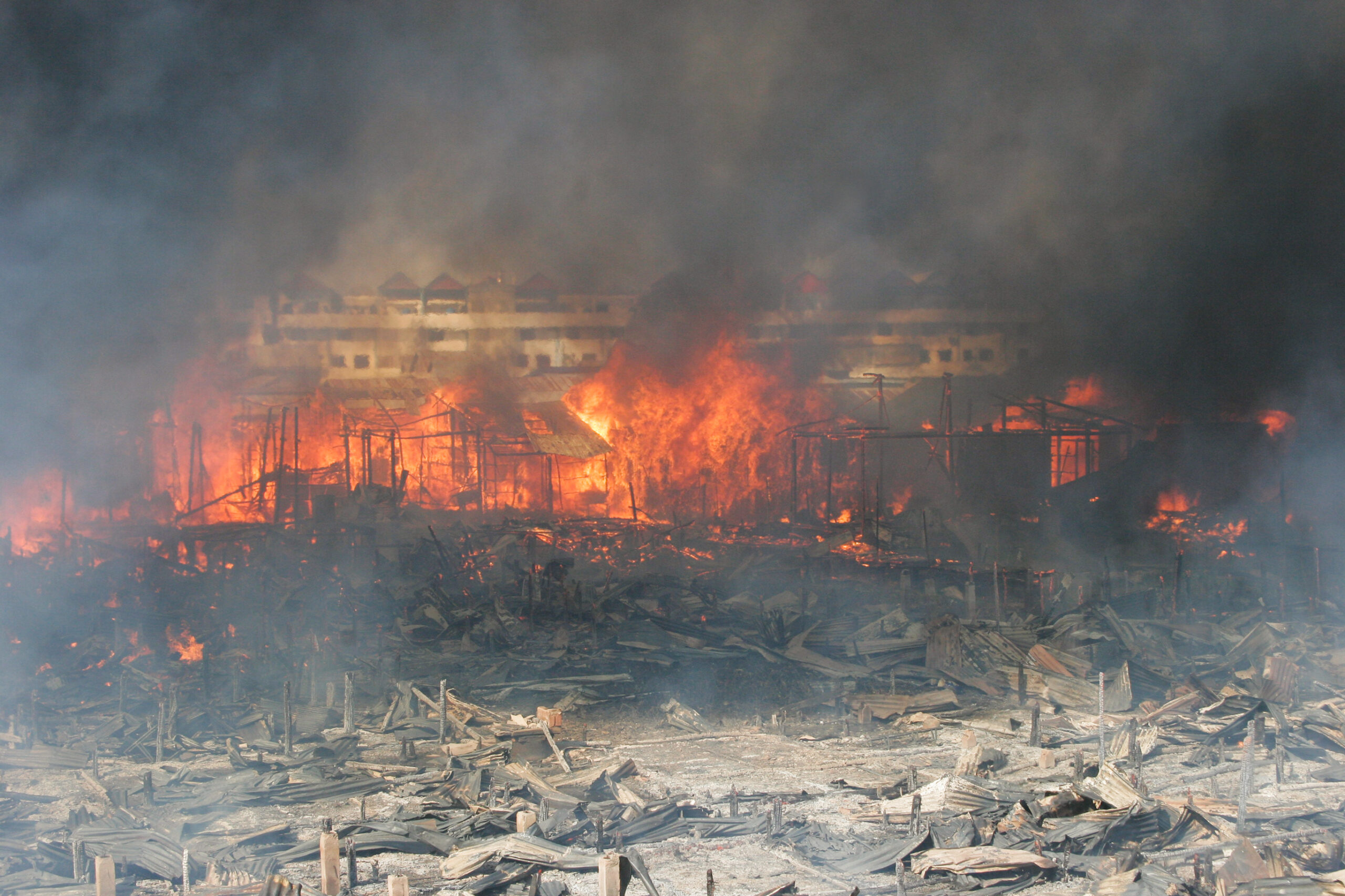
In both Phnom Penh and Ho Chi Minh City, Corey illuminates artists’ reaction to their “ever-shifting engagement with place.” In doing so, she showcases a larger narrative around Cambodian and Vietnamese contemporary art.
“It’s always easier to categorise people,” Le said of the limited focus often given to Vietnamese artists. “This is how the art world processes people… white artists have this luxury to just paint whatever they want.”


